Some basics in photography
Types of Cameras
1. Phone
2. Compact - Canon PowerShots, Sony RX 100II
3. DSLR - Canon 80D, Nikon d3200
Compact cameras, sometimes also called point-and-shoot e.g
Canon PowerShots , Sony RX100 II and so on...
Pros :
They are very convenient: cheap, small, light. As the name suggests, just point it in the general direction of the subject and press the button. The camera does the rest.
Cons:
- Sensor will be very small
- Unusable from ISO 400 due to noise.
- Another consequence is that depth of field.
- Lens cannot be changed
Depth of field
- Depth of field is the distance between the nearest and the furthest objects that are in acceptably sharp focus in an image.
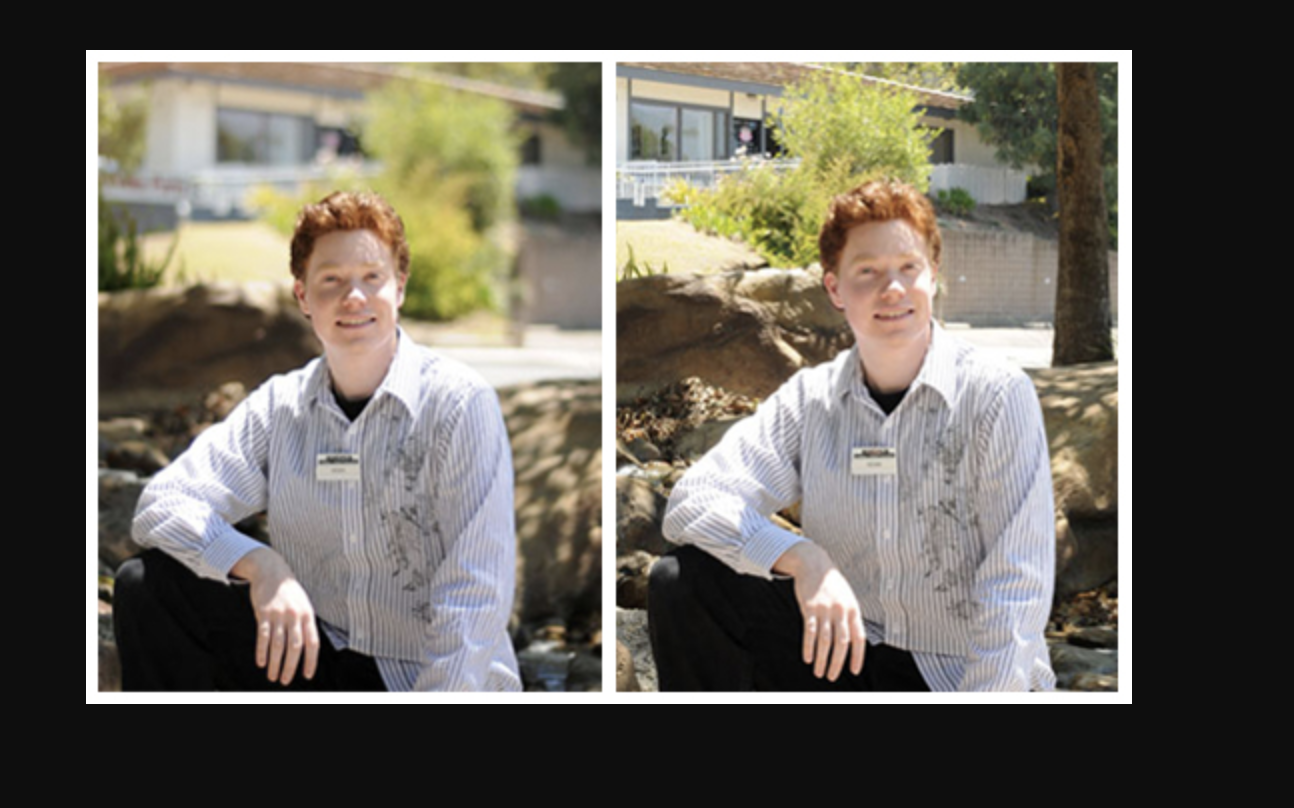
Digital Single Lens Reflex cameras Cons: Bulky Price Pros: Interchangeable lenses. Big enough sensors. There is an optical viewfinder, which allows framing in the worst light conditions and is generally more Responsive than any electronic screen. Autofocus generally very fast (though this depends on the lens). Types of DSLR: There are several different sensor sizes, 1. Commonly called “cropped sensor”, “APS-C” or “DX” for the smaller versions 2.“full frame” or “FX” for the bigger ones
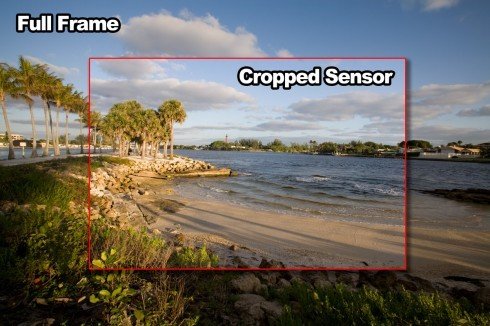
Full frame Vs Cropped Sensor
Apparture
- Aperture is the size of the hole in the diaphragm that allows light into the camera .
- The larger the hole, the more light that enters the camera in a given time.
- Aperture values (Av) are measured using f-s tops , shown as f /# (i.e. f /16).

- The Av controls the amount of depth of field in an image.
- The wider the aperture, the more shallow the depth of field, and vice versa
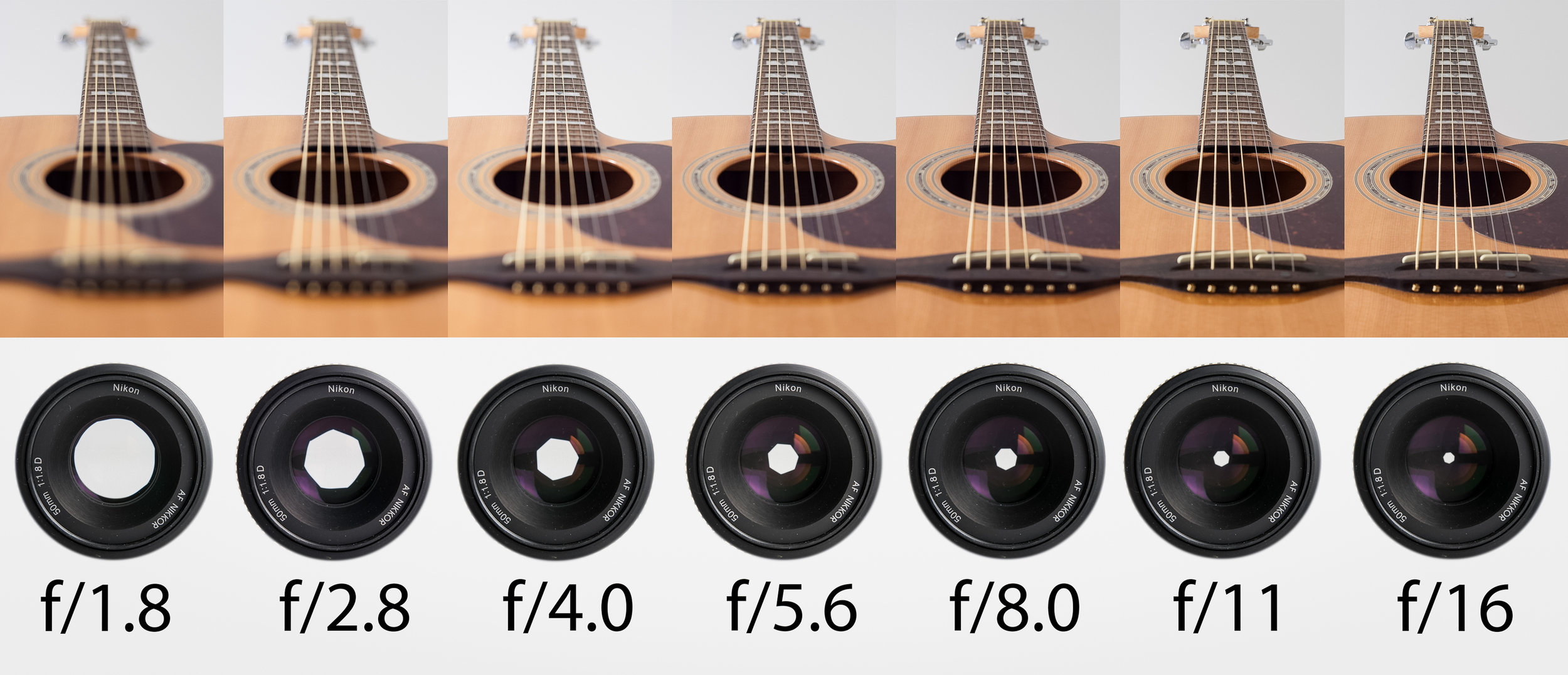
Shutter speed
- Controls the amount of time the shutter or curtain is open.
- Shutter speed is measured in fractions of seconds.
- Depending on the camera, it may show the shutter speed without the numerator, i.e. 250 instead of 1/250.
- A fast shutter speed freezes the action of an image Conversely, a slow shutter speed blurs the action of an image.
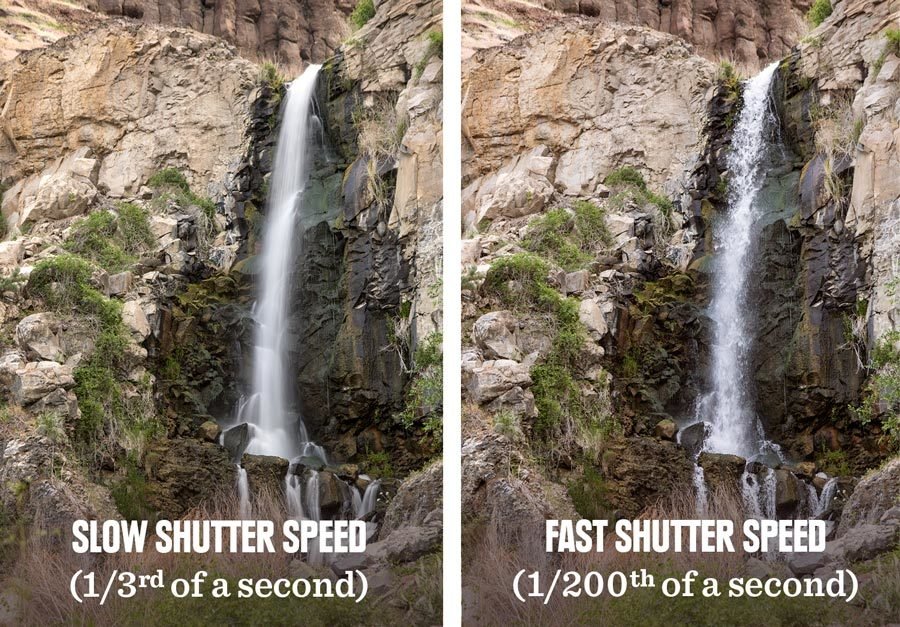

Lenses
- The length of a lens is measured in millimetres (mm).
- Low numbers are considered wide lenses, while high numbers are considered long lenses .
- Human eyesight is equivalent to about 50mm•
- A wide lens, i.e., 18 mm, is useful for landscape photos •
- A long lens, i.e., 300 mm, is useful for close-ups of wildlife
ISO
- ISO numbers come in a wide range, but standard numbers are 50 , 100 , 200 , 400,800 , 1600 , and 3200.
- ISO numbers are linear in their relationship.
- The higher t he ISO number, the more sensitive the film / sensor and also the more noise or grain in the image
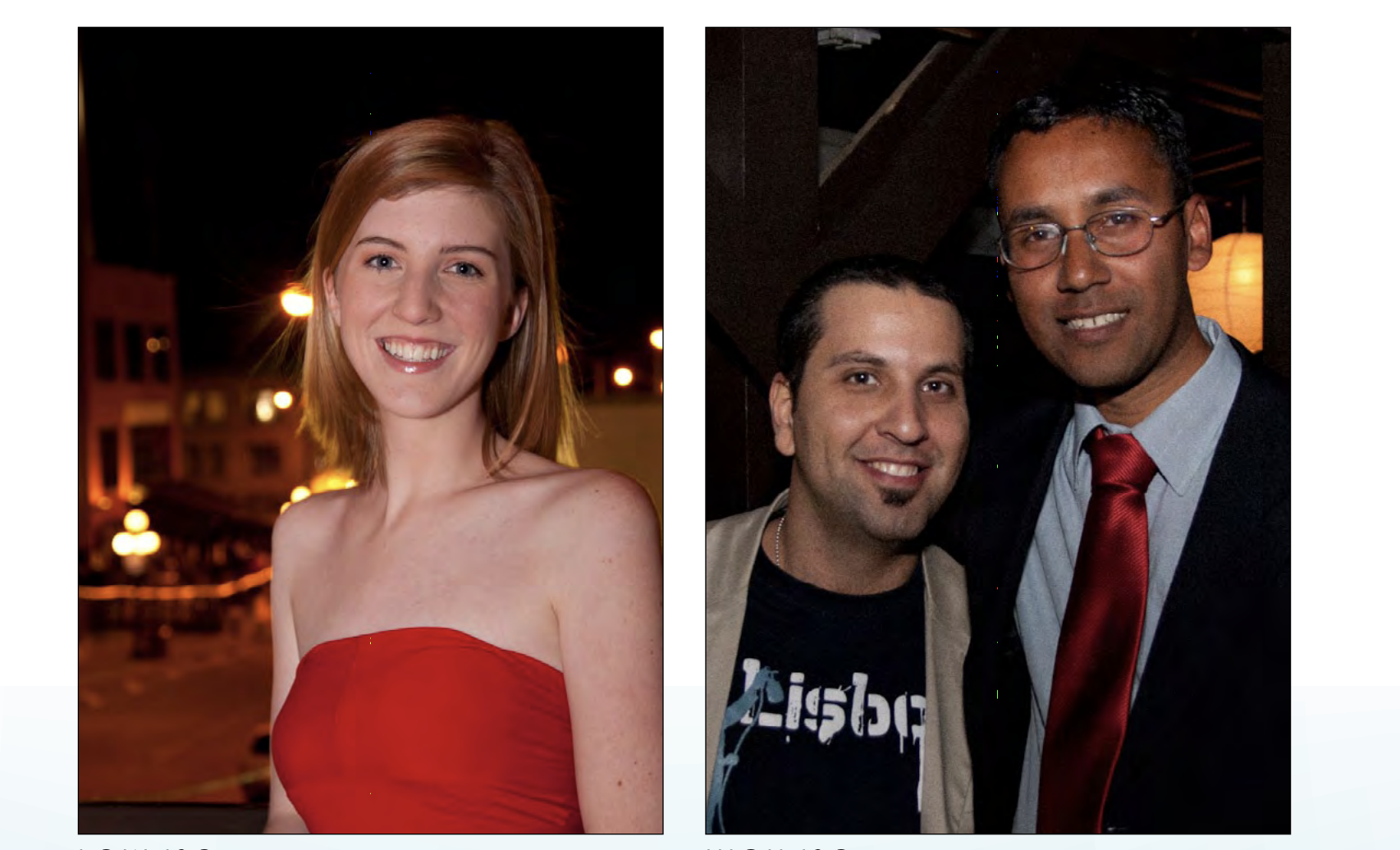
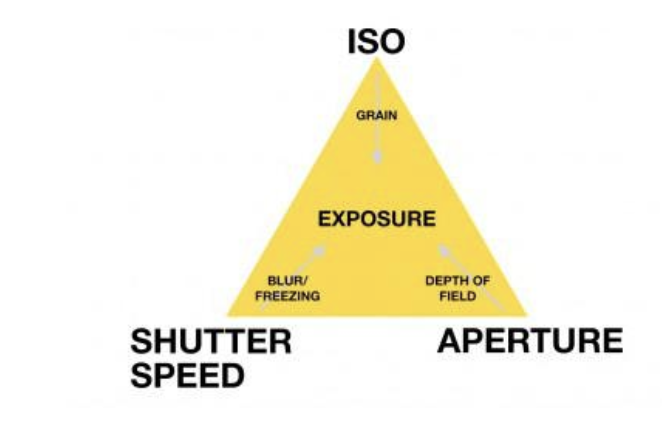
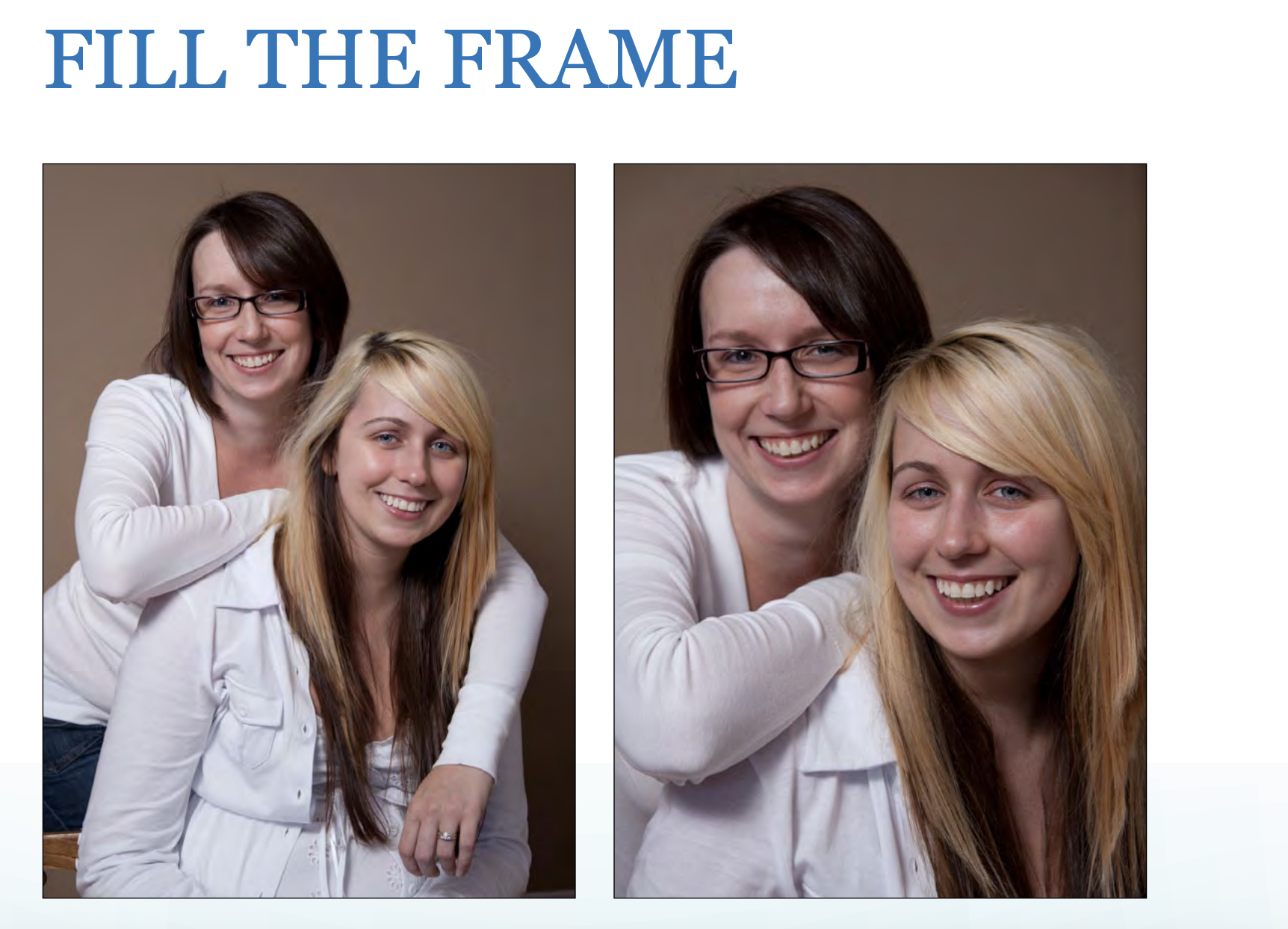
Tips
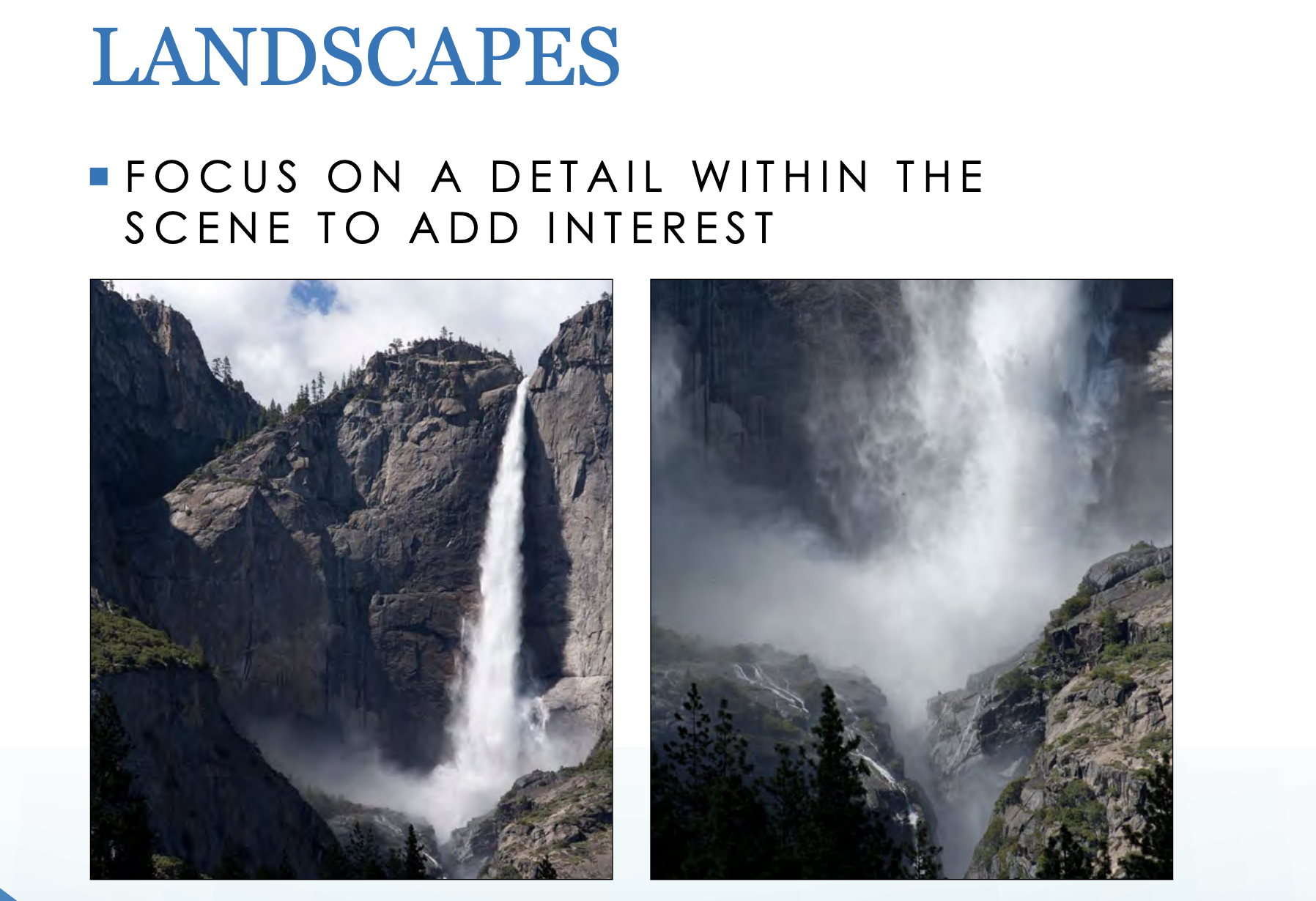
Final tip
There are no rules in photography